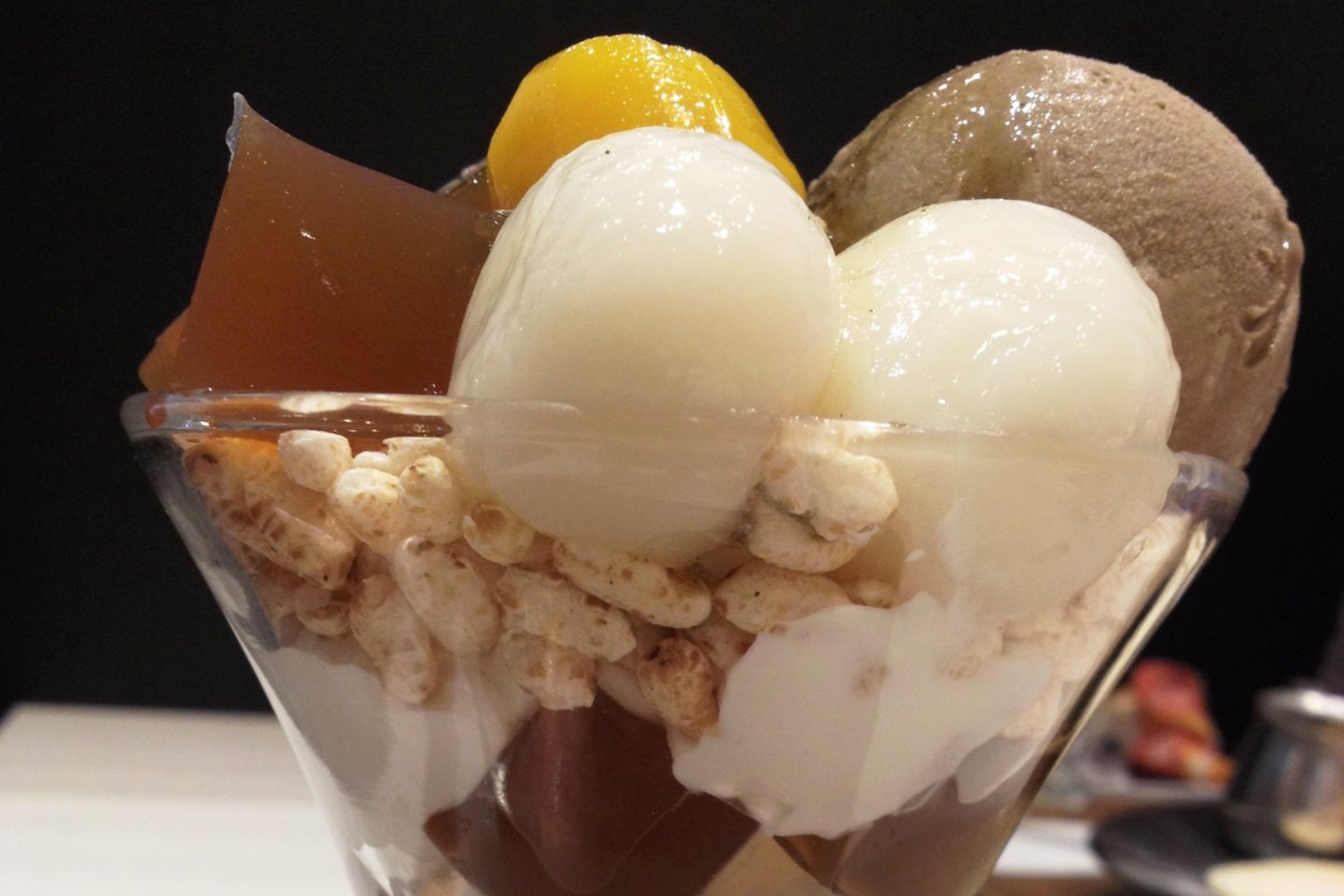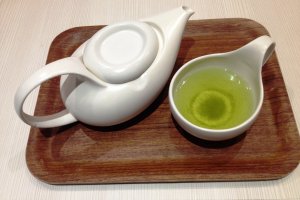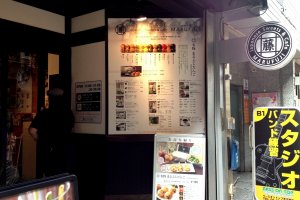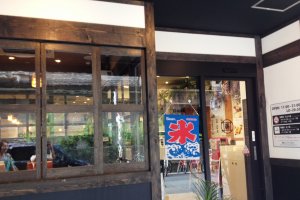Hana yori dango. In Kyoto, it means flowers. In Osaka, it means food, literally a dessert that resembles a round dumpling cake. The saying translates to “flowers more than sweet dumplings”. Kyoto is known for its kimonos, filled with elegant designs of the four seasons, and its people are known to save on eating in order to save for that special kimono. Osaka, on the other hand, is known for kuiadore; eating until you’re broke. So it is only natural that dango cafes are well patronized in Osaka.
Historically known as Japan’s kitchen, its port side location meant that Osaka-ites have access to the freshest ingredients. It is like all the produce from Japan’s fisheries and farms are constantly tempting you.
Japanese desserts, unlike Italian or French desserts, are typified by the use of rice flour and sweetened and mashed red beans. The latter has a slightly nutty taste and is used almost like chocolate as flavouring. A roll call of classic Japanese confectionery would look like this; adzuki, mochi rice cakes, warabi mochi, green tea and hojicha roasted tea seasoning, black Kagoshima sugar, sweet soy, miso, chestnuts and kinoko.
Marufuji plays tribute to all this and more. It has the heart of a traditional Japanese sweet cafe but with a modern face clearly designed to appeal to the next generation: people in their twenties who embrace a breath of fresh air, with bright spring colours and a weightless simplicity that is reflected in wall to wall photographs of Nordic looking gardens filled with flower trellises and comfortable lollipop painted chairs that won't look out of place in a Helsinki summer outdoor cafe. This light and airy atmosphere is brought to life with friendly sparkling staff with retro Taisho period style black checked berets and uniforms from the 1920's, serving nostalgia and fun in a contemporary and chic fashion. Its motto is “sweet happiness, round happiness”, which is encapsulated in the dango rice cake skewers, traditionally served in harvest festivals such as the one each fall in Takayama. Their classic dishes include dango skewers served three ways, dressed in a sweet soy based sauce. Like a gelato bar, you can also mix and match different varieties of dango, including strawberry and black sugar.
For something a bit lighter, try some warabi mochi made famous recently in the movie Hankyu Densha, set in the suburbs north of Osaka. It is like a glass jelly with the subtlest of taste.
Komeko is the Japanese name for rice powder or flour. It is lighter than ordinary wheat flour and like many Japanese dessert ingredients is gluten free. Used in snacks like rice crackers or sembei, it has been reincarnated as Komeko pancakes, looking like giant traditional round sembei with the maker’s logo firmly stamped in the middle. Serve with sweet red and white bean paste, maple syrup and cream topped with Kinako roasted soy bean powder, it blends old and new seamlessly.
The main store in Uehommachi near the Sheraton Hotel has a more elegant atmosphere, while the branch store in Tennoji reflects the Shitamachi roots of this no-nonsense part of Osaka. Set in a back lane close to Tennoji station, it is close enough to be convenient, but far enough from the crowds to be comfortable.The back lane gets very little vehicular traffic adding to its old world charm. They serve lunch and light summery homes style meals like Bukkake-style Inaniwa Udon just over 1100 yen as well as coffee and tea.





































